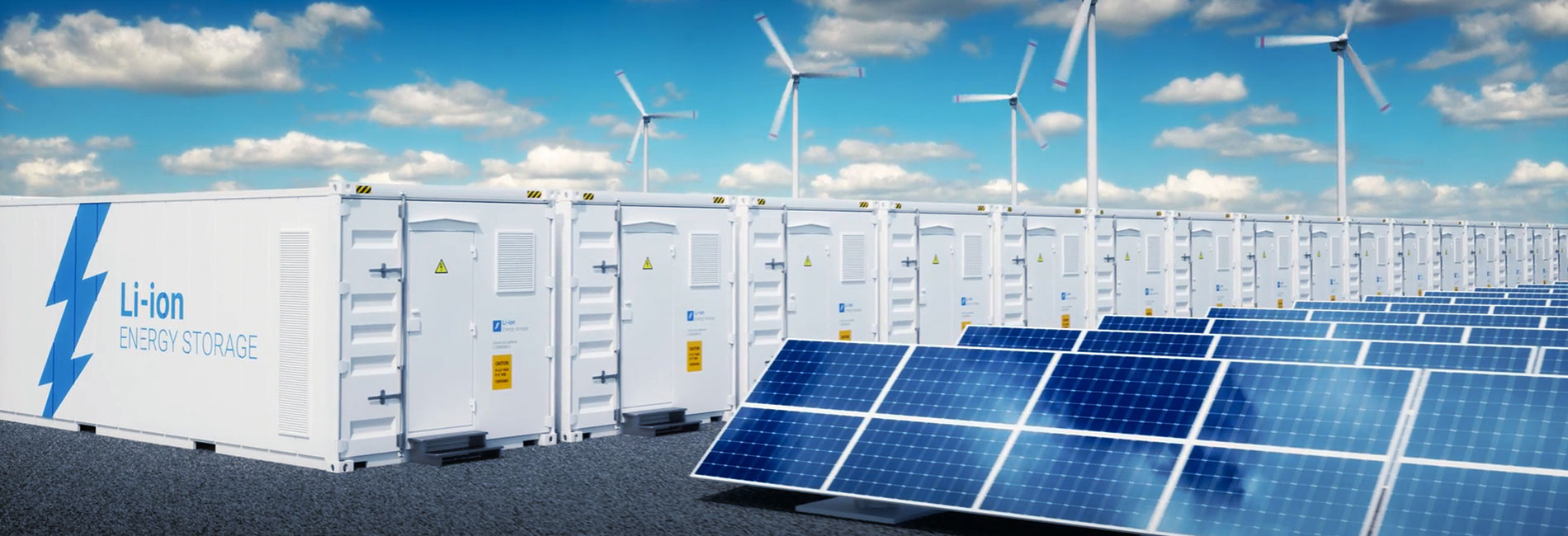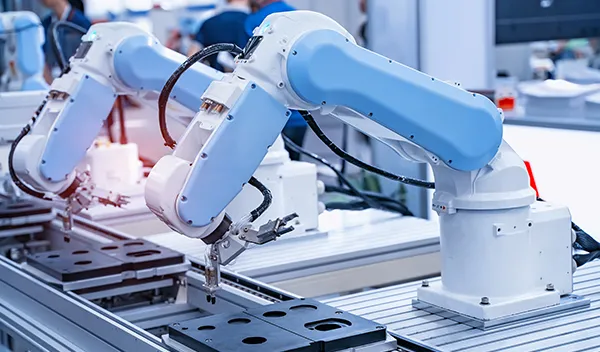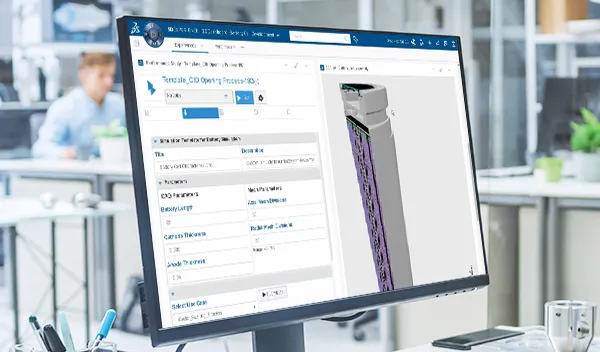Setting Carbon Footprint Reduction up for Success in Manufacturing
Digital solutions are transforming energy efficiency initiatives across industries, leading companies closer to their sustainability and profitability goals.
In line with the global target of net-zero carbons by 2050, the urgency to cut down carbon footprint comes at a time of mounting pressure to manufacture profitably and responsibly. The task seems implausible until technology wields its expansive capabilities to help manufacturers achieve their green ambitions.
A vast amount of energy is often used to create and manufacture products leading to a bigger carbon footprint. New renewable energy sources can lessen the strain of the current energy supply and minimize the impact on the environment. Clean, renewable energy alternatives such as wind, batteries and nuclear – elaborated further in the ebook – are safer and more effective in reducing carbon footprint while offering many optimization and cost-savings benefits.
Renewable Energy and the Race Towards Sustainable Manufacturing
Explore new, clean, renewable energy sources and scale new heights in energy efficiency.
Why are we using that much energy in the first place? Times are changing. We need to both reduce our consumption and make our production facilities more efficient.
Relook Energy Efficiencies
Emerging technologies such as artificial intelligence, big data and virtual twin have a critical role in mitigating climate changes and improving productivity. How can manufacturers use these technologies to achieve energy efficiency and reduce carbon footprint?
- Processes
- Design
- Materials and Waste
Processes
Intelligent automation saves energy, especially electricity. With machine sensors in place to detect inefficiencies, manufacturers can quickly rectify issues to reduce electricity use and minimize wastage. Data from sensors allows manufacturers to rethink energy-intensive uses such as reheating processes, and optimize processes by eliminating redundant steps. Energy efficiency can be achieved to deliver maximum returns on every watt used.
Design
Virtual twin technology offers a fast and safe platform to prototype, design and test products. It provides the flexibility to test new innovative ideas using eco-friendly materials. The virtual twin connects data from multiple sources to evaluate potential environmental impact, ensuring compliance to the most stringent safety and quality standards. This enables manufacturers to bring highly innovative products to the market with speed and scale.
Materials and Waste
To truly pivot towards energy efficiency, manufacturers need sufficient quality data on what and how materials were used, while identifying waste produced along the production stream and determining if the waste can be reused or recycled. A highly collaborative platform offers this flexibility and agility to make decisions faster. Beyond identifying efficient usage, data collected also delivers financial benefits through savings from wastages.
Reimagine the Supply Chain
The typical supply chain creates more than 80% of greenhouse gas emissions. The virtual twin can improve this complex supply chain system by simulating different pickup points and delivery routes to determine the best and shortest route with the least carbon emission. Simulation is essential too, when sourcing globally for the most cost-effective, durable and eco-friendly materials for production.
"In Paris, simulations have shown that the number of delivery vans on the road, if used to the fullest efficiency, can be reduced by a factor of seven."
Jonathan Dutton
Sustainability Marketing Director, Dassault Systèmes
Reset with Lifecycle Assessment
At the core of Dassault Systèmes’ lifecycle assessment approach are sustainability, innovation and intelligence, which help manufacturers tackle inefficiency challenges while monitoring and improving carbon emissions in their processes. By starting with data intelligence at the inception of innovative designs, sustainability values are kept consistent throughout production and manufacturing on a collaborative platform to meet net-zero goals.
The virtual twin and artificial intelligence are used to deliver data insights better, propose interventions, predict the future and drive sustainable development in manufacturing. Material alternatives to natural resources are considered and tested virtually on a single platform while keeping an eye on future energy consumption.
But, apart from the technology edge and energy efficiency strategies, what truly inspires action?
Jonathan Dutton said, “To embrace a circular economy, manufacturers need to change their business model. It is no longer about selling as many products to the market as possible, but selling a service. In a service economy, a vehicle manufacturer would produce fewer cars and focus instead on selling mobility as a service. Vehicles would inherently be longer-lasting, easier to maintain and update, and have a higher level of recyclability that positively impacts the business and the environment."
Top articles on Sustainable Manufacturing
Explore our Industry Solution Experiences
Learn more about how our industry solutions can help you to achieve your professional ambition and business objectives




